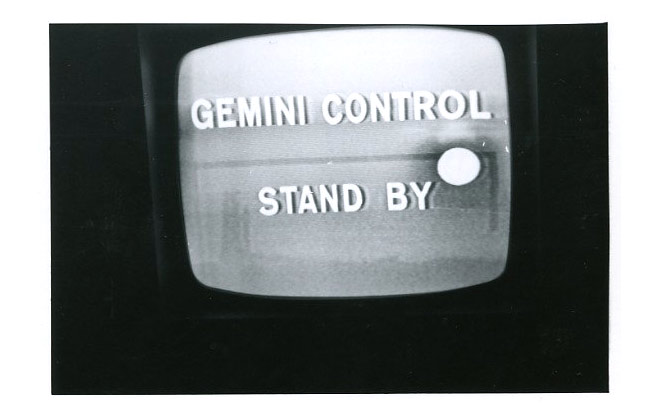Be on the side of the angels. Be a prism.
[I]t’s helpful to remember how banks traditionally make money: They take deposits from the public, which they lend out longer term to companies and individuals, capturing the spread between the two.
Managing this type of bank is straightforward and can be done on spreadsheets. The assets are assigned a possible loss, with the total kept well beneath the capital of the bank. This form of banking dominated for most of the last century, until the recent move towards deregulation.
Regulations of banks have ebbed and flowed over the years, played out as a fight between the banks’ desire to buy a larger array of assets and the government’s desire to ensure banks’ solvency.
Starting in the early 1980s the banks started to win these battles resulting in an explosion of financial products. It also resulted in mergers. My old firm, Salomon Brothers, was bought by Smith Barney, which was bought by Citibank.
Now banks no longer just borrow to lend to small businesses and home owners, they borrow to trade credit swaps with other banks and hedge funds, to buy real estate in Argentina, super senior synthetic CDOs, mezzanine tranches of bonds backed by the revenues of pop singers, and yes, investments in Mexico pesos. Everything and anything you can imagine. […]
Many risk managers will privately tell you that knowing what they own is as much a problem as knowing the risk of what is owned.
Put mathematically, the complexity now grows non-linearly. This means, as banks get larger, the ability to risk-manage the assets grows much smaller and more uncertain, ultimately endangering the viability of the business.
related { In 1900, the Fifth Avenue Bank in New York City featured a special row of tellers’ windows for the ladies. }






















